
Prominent DeFi projects such as Uniswap, Curve, Aave, and MakerDAO declined in ETH terms since at least Q1 2021. Some see this as a fundamental failing of DeFi protocols to capture value and an inability to create moats. There are questions whether the composable and open nature of crypto prevents sufficient moats from being made at all.
I don’t agree with this. I think DeFi projects have done a poor job at creating sticky rewards and utility with their tokens.
In traditional markets, rewards and utility schemes are called loyalty reward programs. In this article I will argue that loyalty rewards programs can not only create moats, but become a core business of DeFi projects. The reason we haven’t seen this yet is because of a failure to understand how to properly use loyalty rewards programs. To support both parts of this argument I will examine the airline industry.
The rise of air miles
Modern frequent flyer programs (FFPs) were first introduced in the late 1970s. Although airlines had programs to track customers before, the major innovation of modern frequent flyer programs was to use mileage tracking to give rewards to its passengers. It was a clever marketing tool designed to create loyalty in the most profitable customers – the frequent flyers.
Since then it has become much more than a tool to increase customer stickiness. FFPs developed into a major revenue source for airlines. For example, according to this paper on frequent flyer programs, in the financial year of 2017-2018, Qantas Airways’ frequent flyer program accounted for 23.2% of the profit for the entire Qantas Group.
FFPs now span beyond the air travel industry into tourism, banks, telecommunication, insurance, and retailers. Air miles have become an economy of its own, acting like a virtual currency. Sound familiar?
Why crypto loyalty tokens are superior to traditional ones
Air miles are the most money-like of any loyalty points in tradfi, yet they are only accepted at participating partners, carry minimum thresholds for redemption, expiration dates, and so on. The key innovation of loyalty tokens in the crypto world is that, because you can easily cash them out for fiat, they are equivalent to real money. This means that loyalty points in the crypto world have the same power as real money to acquire customers and incentivize customer behavior. For projects that don’t have access to hundreds of millions of dollars in VC runway, loyalty programs present a huge opportunity.
The failure of loyalty programs in crypto
My thinking on this has partly been informed by this Harvard Business Review article on loyalty rewards programs. This quote summarizes the mistakes some loyalty programs in legacy markets and almost all crypto markets make:
“[T]oo many companies treat rewards as short-term promotional giveaways or specials of the month. Approached that way, rewards can create some value by motivating new or existing customers to try a product or service. But until they are designed to build loyalty, they will return at best a small fraction of their potential value… A company must find ways to share value with customers in proportion to the value the customers’ loyalty creates for the company. The goal must be to develop a system through which customers are continually educated about the rewards of loyalty and motivated to earn them. Achieving sustainable loyalty, measured in years, requires a strategic sustainable approach.”
Important lessons
These are the most salient ideas I took away from the aforementioned HBR article. I’m confident that if more projects begin to internalize these lessons, they’ll be able to create and retain value in their project.
Value created must exceed the cost of rewards delivered.
This seems obvious, but many (perhaps most) DeFi projects with a loyalty component break this first tenet. The playbook is typically to offer very high APY for staking in the hopes that bootstrapped liquidity will stay and the project will achieve critical mass. The reality, however, is that mercenary participants will dump your token and move on to the next high-APY project the moment your rewards dry up.
The only way to avoid this is good old fashioned product-market fit. You can bootstrap growth using loyalty tokens as incentives, but customers need a reason to stay.
Rewards should reinforce helpful customer behavior.
High APY staking rewards are a pervasive example of a maladaptive incentive. In fact, billion dollar crypto firms deploy hundreds of millions of dollars into new crypto projects, suck out all the value, and move on to the next one. Your rewards are teaching participants to harm your project. Make sure your rewards encourage behavior that is beneficial to the project.
Do you want your best customers to actively participate in governance, thereby feeling more psychologically invested over time? You could look into the viability of rewarding them for their proposals, votes, and community outreach.
Customers are not equal.
It’s common for DeFi projects to integrate tiered rewards systems, but all too often rewards are distributed linearly. A more effective model is to make tiered rewards top heavy. This provides a compelling reason for your most valuable customers to stay with you, but it also provides strong incentive for less valuable customers to climb the ranks – which leads to the final point:
Rewards should be aspirational.
From the HBR article:
”A company that offers average-value products and services to everyone wastes resources in over-satisfying less profitable customers while under-satisfying the more valuable loyal customers. The outcome is predictable. Highly profitable customers with higher expectations and more attractive choices defect.”
I’ve been repeatedly struck by some of the pedestrian rewards in some projects, such as Netflix, Hulu, or Amazon prime 1-month subscriptions. Does that motivate people, let alone high-end crypto users? It certainly doesn’t for me.
How about rewards such as a bottle of Yamazaki 12 year whiskey, or a new M1 MacBook Pro? A few quality rewards sounds more appealing than a constant drip of mediocre ones.
It’s often joked that crypto is speed running the entire history of the legacy financial system. I think this isn’t limited to financial markets. The work done in legacy markets on loyalty programs provides a proven path to loyalty and profitability. I’m confident in short order crypto projects will speed run through them to victory.
 
Dennis Jarvis
Bitcoin.com Chief Executive Officer
Dennis is an accomplished executive who is passionate about building stellar teams of people and promoting economic freedom through cryptocurrency adoption. Dennis joined Bitcoin.com in 2018 as Chief Product Officer, and became CEO of Bitcoin.com in 2020.
 
 

You can get bonuses upto $100 FREE BONUS when you:
💰 Install these recommended apps:
💲 SocialGood - 100% Crypto Back on Everyday Shopping
💲 xPortal - The DeFi For The Next Billion
💲 CryptoTab Browser - Lightweight, fast, and ready to mine!
💰 Register on these recommended exchanges:
🟡 Binance🟡 Bitfinex🟡 Bitmart🟡 Bittrex🟡 Bitget
🟡 CoinEx🟡 Crypto.com🟡 Gate.io🟡 Huobi🟡 Kucoin.

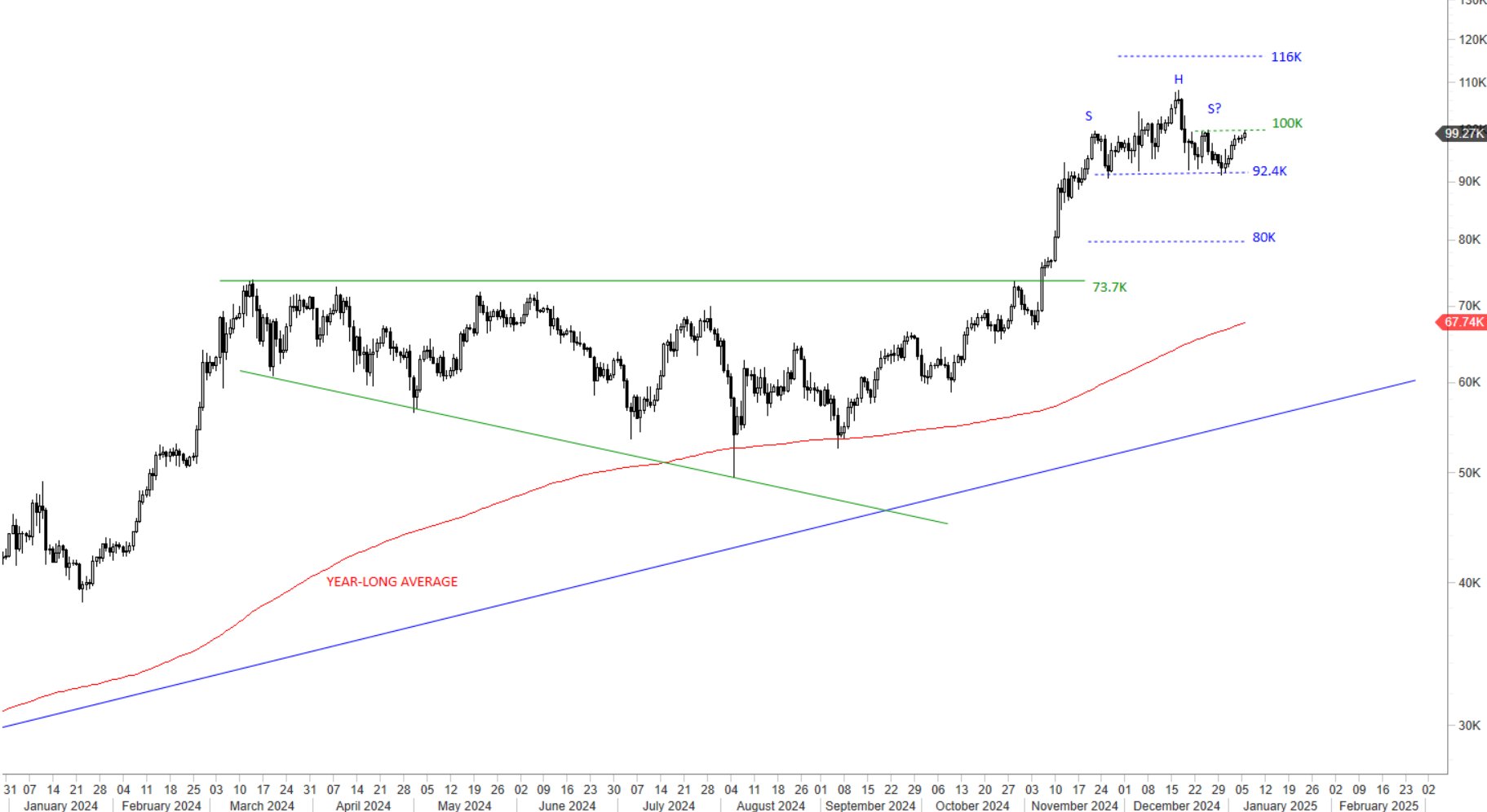

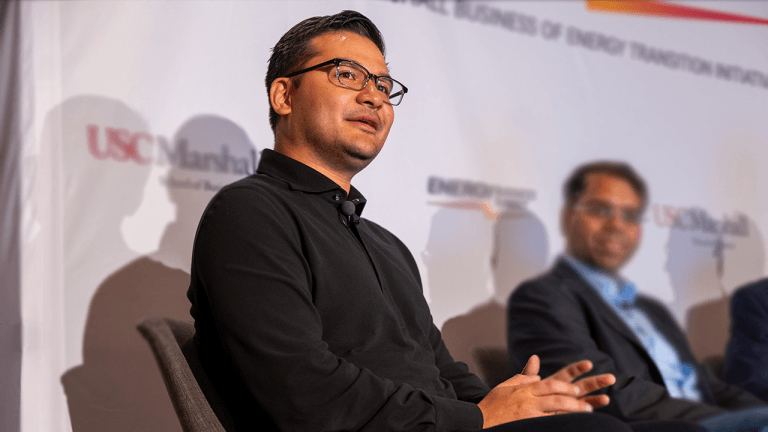







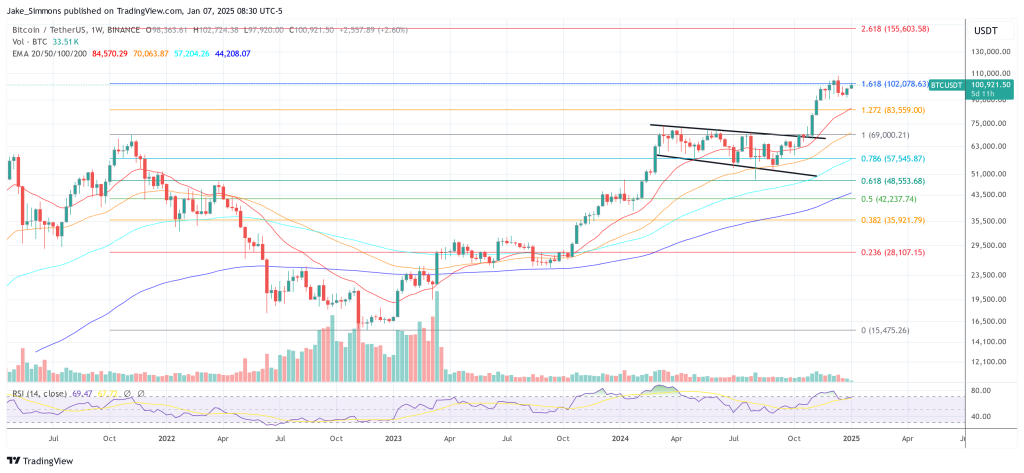
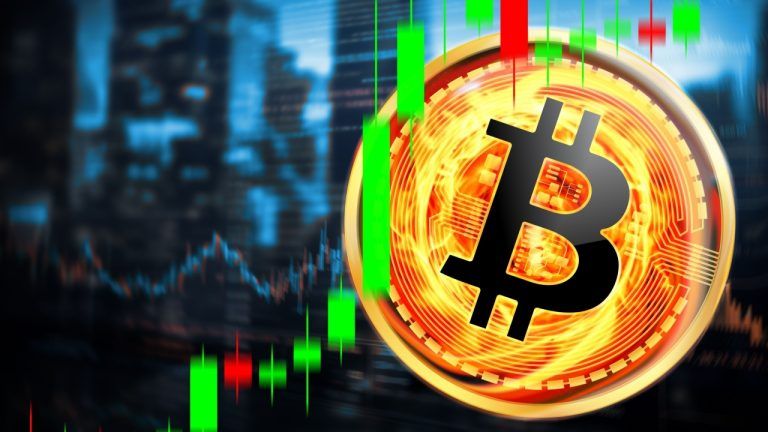

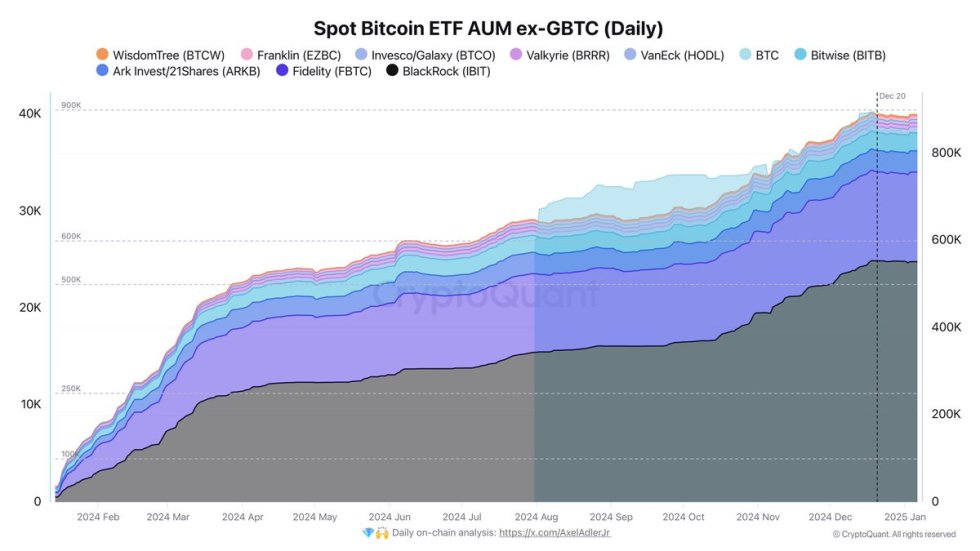
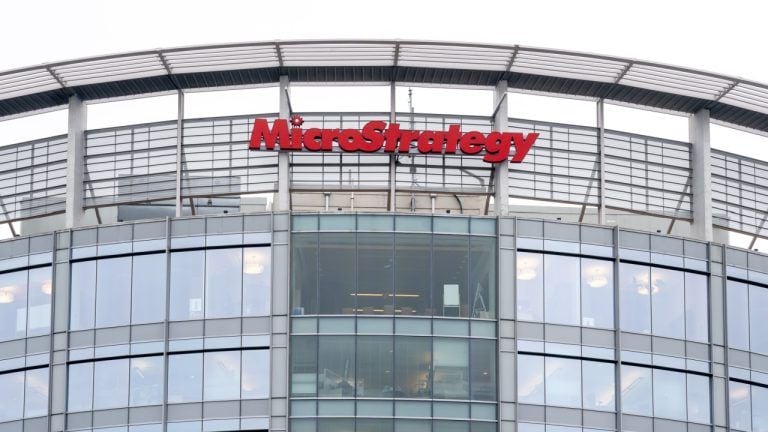


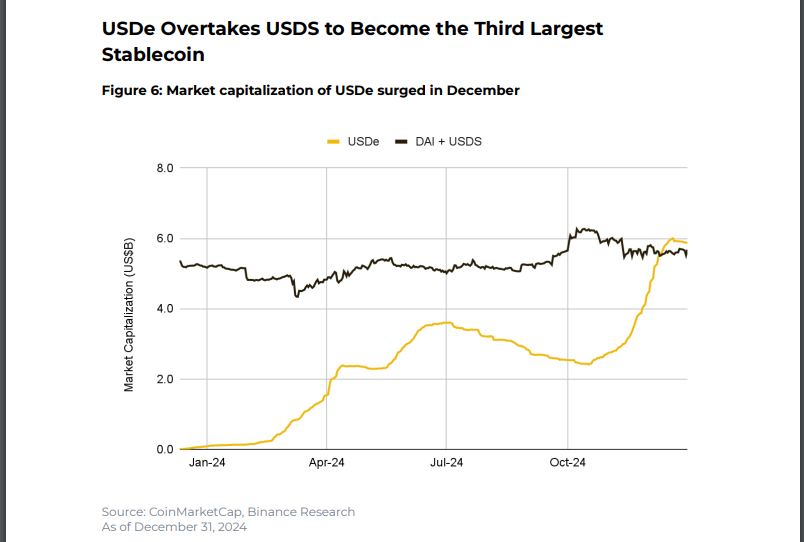

Comments